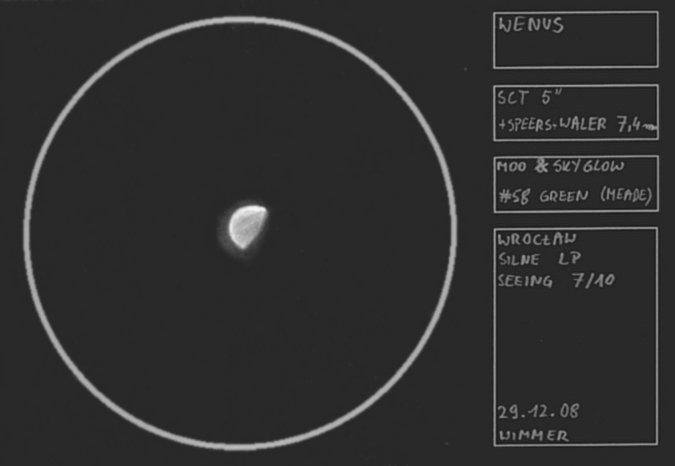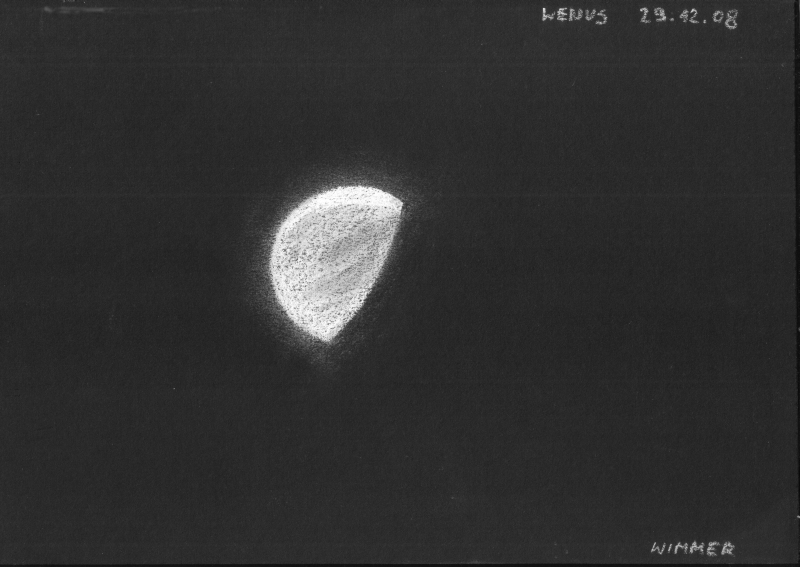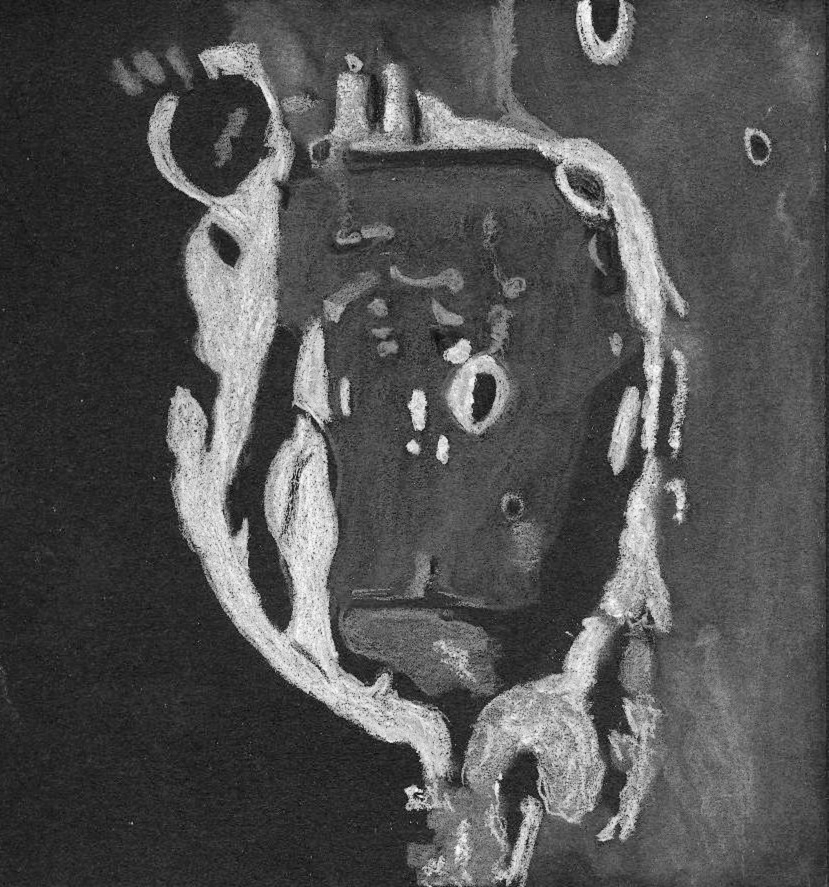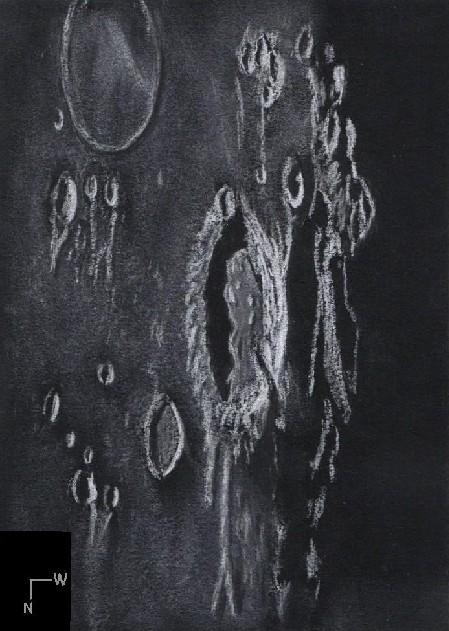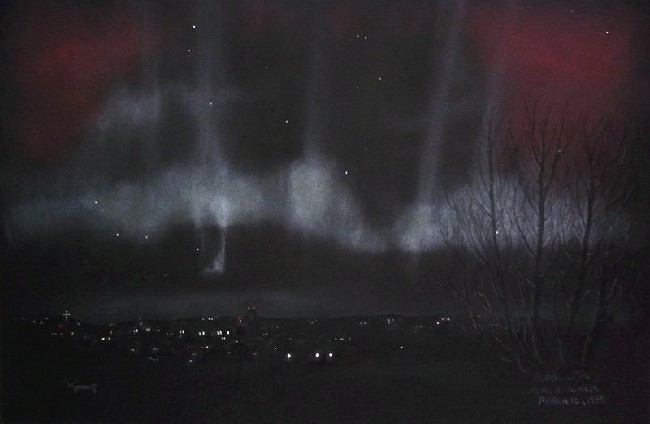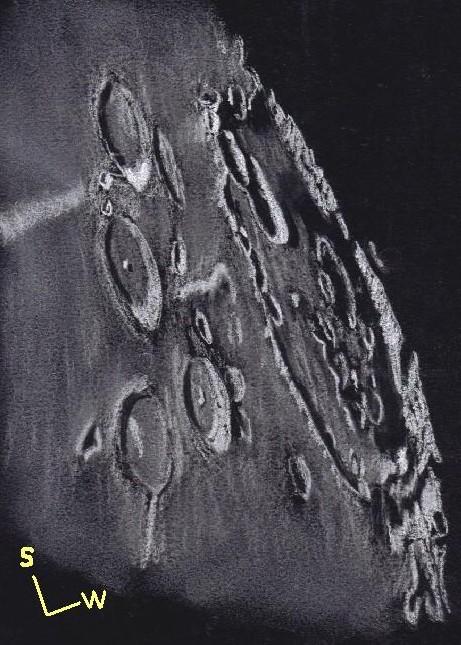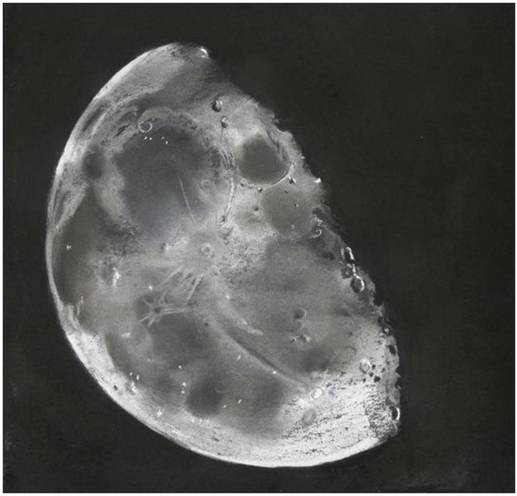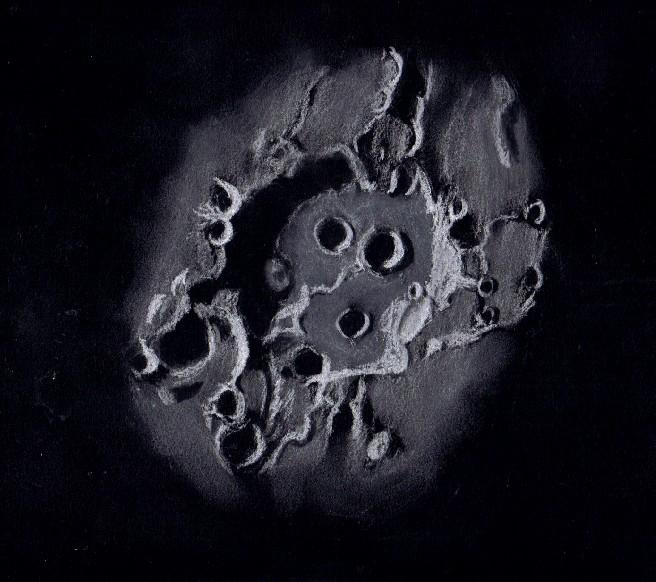
Lunar Highlands Crater Sacrobosco
Sketch and Details by Frank McCabe
Crater Sacrobosco is a large (100km.) 4 billion year old Pre-Nectarian crater with a height of 3.5 kilometers from floor to highest rim. The crater shows its age with that badly worn rim over most of its circumference. What makes this southern highland crater so eye catching at the eyepiece are the 3 younger craters on the floor of this ancient giant. Clockwise at 11, 2 and 6 o’clock they are Sacrobosco B, A, and C. A is the largest at 17 km. in diameter and C is the smallest at 13 km. Much of the illuminated floor of Sacrobosco is smooth in appearance except where interrupted by a long meandering line of what look like low irregular hills from the center to the north rim (bottom in the sketch).
Many of the surrounding craters during this phase of the lunation would make great sketching targets as well.
Sketching:
For this sketch I used: black Strathmore 400 Artagain paper 9”x 12”, white and black Conte’ pastel pencils and a blending stump. After scanning, Brightness was decreased (-2) using my scanner.
Telescope: 10 inch f/ 5.7 Dobsonian and 6 mm and 4mm eyepieces 241x and 362x
Date: 1-3-2009, 0:05 – 1:20 UT
Temperature: – 6°C (22° F)
clear, calm
Seeing: Antoniadi III, occasionally II
Colongitude 349.9 °
Lunation 6.5 days
Illumination: 34.9 %
Libration: in Lat. -4° 23’, in Long. -7° 59’
Frank McCabe


